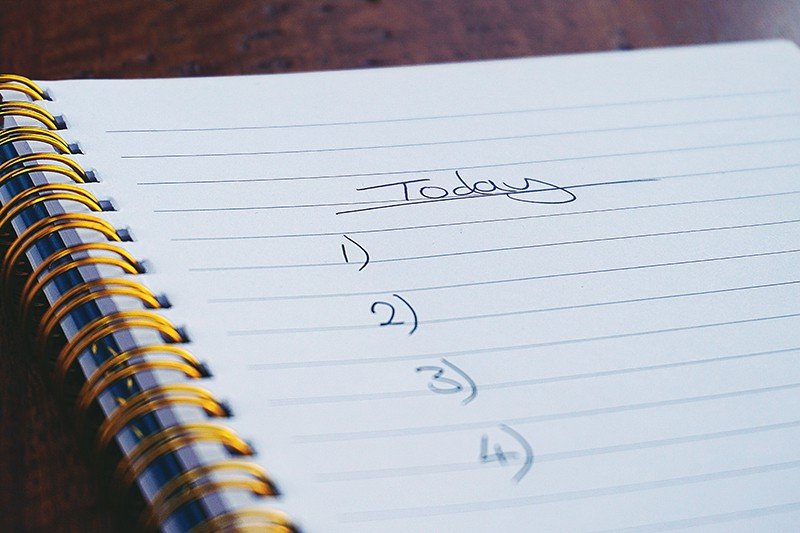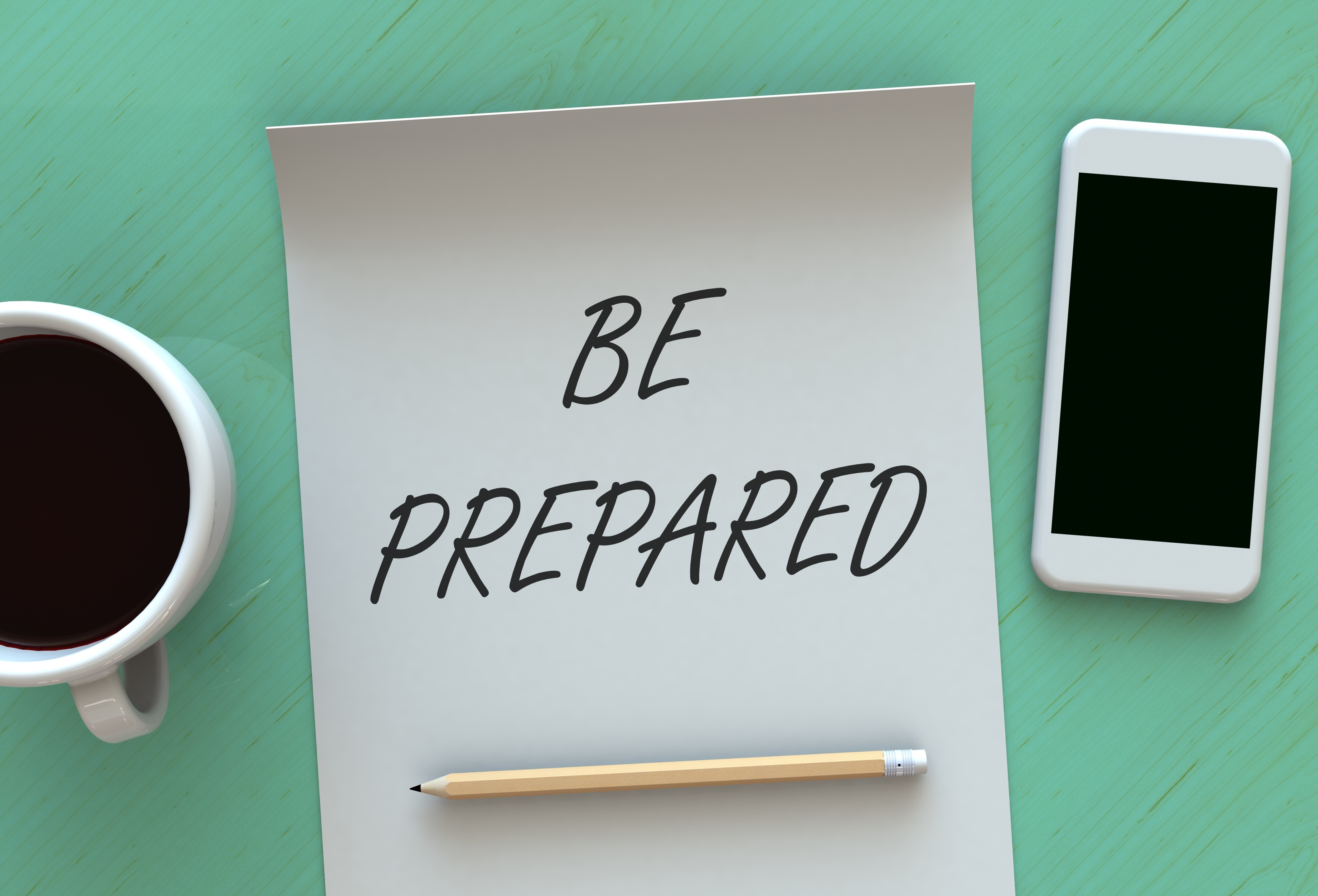This week has been a great week for the Blood Sugar Diet, first the NHS said it will start giving patients an 800-calorie-a-day diet, under medical supervision, to reverse type 2 diabetes and then Tom Watson, the deputy Labour leader, lost almost 50kg following the BSD principles and reversed his diabetes, bringing the issue to the front of the stage.
To help support this, with the help of my wife Dr Clare Bailey, I want to share my top tips on how to stick to the lifestyle and make it easier than you think!
Restock your cupboards
Before you buy ingredients for the recipes, clear your cupboards of temptations. If there are sugary snacks, unless you have superhuman willpower, you will eat them. The junk has to go.
List your goals
in the thick of a new eating regime, you will have moments of doubt or forget why you are putting yourself through it.
So before you start, jot down the reasons you want to get in shape and stay healthy. Keep this list with you and read it whenever you weaken.
Find a diet buddy
We are social creatures and starting a diet with your partner or a friend will radically improve your chances of success.
Once youve decided to do it, tell your friends and family. They may know someone who wants to join you. And by making a public commitment you are more likely to stick to it.
Measure yourself
Taking health measurements every few weeks to check your progress will keep you on track.
Find a quiet moment and take your pulse. You will find it on your wrist, just outside the outermost tendon. Your pulse is a measure of your overall fitness. Check it a few times, then work out the average.
Next, weigh yourself, then input your weight and height into a Body Mass Index (BMI) calculator (find one online by googling ‘BMI calculator’) to work yours out.
Finally, work out your waist size — honestly — without holding everything in, measuring around your body at belly button level. And take some selfies: you will want to show people the ‘before’ and the ‘after’.
Plan ahead
Planning means you won’t need to rely on spontaneous bursts of willpower.
So plan meals ahead and aim for variety to keep your interest and a nutritional balance.
Assemble breakfast the night before, or get up ten minutes earlier to give yourself the time to make a healthy swap from toast and jam or processed cereals to a delicious, filling breakfast, such as eggs or porridge.
Have a lunch ready to grab on the hop, and ensure that you have all you need for your evening meal so it can be ready in minutes.
Use portion control
SWAP to a smaller plate, eat slowly and listen to your appetite. This will give your body time to send the message you are full.
If you have raised blood sugars, this vital feedback ceases, leaving you constantly hungry. It’s not greed, just your system out of kilter.
If you stick with it, your blood sugars should improve and the normal feedback system will recover, leaving you feeling comfortably full after eating.
Up your liquid intake
Make sure you drink more water to replace the fluids you are no longer getting from your usual food. You also lose water when you burn fat.
Aim for two to three litres a day. And remember, hot drinks suppress the appetite, so teas and coffees — ideally black with no sugar — help with hunger cravings.
I’m also a big fan of soup. It fills you up and is more slowly digested so you tend to feel fuller for longer. Go for non-starchy vegetable or a clear broth.
Ignore side-effects
The side-effects of this diet include tiredness, lightheadedness and headaches (often related to dehydration); hunger (this will pass, so try to ‘surf the wave’); and feeling colder.
These should settle in a week or so and are less noticeable if you increase the proportion of fat in your diet, so look for recipes with avocado or oily fish, such as salmon.
Reduce stress
Chronic pressure and anxiety wreak havoc on your stress hormones, mood and immune system, which in turn has a direct effect on body weight.
The stress hormone cortisol, for example, increases blood sugars and promotes the storage of unhealthy abdominal fat.
The hormones can also affect metabolism, eating patterns, gut bacteria — and how you feel in yourself. A vicious cycle of low mood, less motivation and comfort eating can follow. Accept things you can’t change and deal with things you can. Mindfulness is an excellent way to de-stress.
Spice up your life
Use flavour enhancers such as lemon, pepper, lime, chilli, garlic, gherkins, mustard and herbs to make meals as tasty as possible. They add very few calories.
Eat mindfully
Sit down at a table to eat, and be present in the moment so you are able to focus on what you are eating, to taste it, to savour it. Become aware of the flavour and texture. Is it slightly bitter? Can you taste sweetness or a hint of sour? Or both?
Celebrate and enjoy your food. The more varied, the better.
If you eat in front of the TV rather than at a table, you probably won’t notice flavours as much and are likely to eat more in the process.
Eating at a table can be helpful if you are eating with others because it can lift your mood.
But don’t let others push you to eat more than you want, even if it is done as a demonstration of love — say no pleasantly.
Be good to yourself
At the end of the day, think of three things that went well and why, such as a compliment or success at work. This idea — from U.S. psychologist Professor Martin Seligman — helps you to be positive and boosts feelings of well-being.
As always – it is vital to talk to your regular healthcare practitioner or GP about whether you should follow this approach. Any outcomes are always more effective when monitored and supported by a medical professional.


